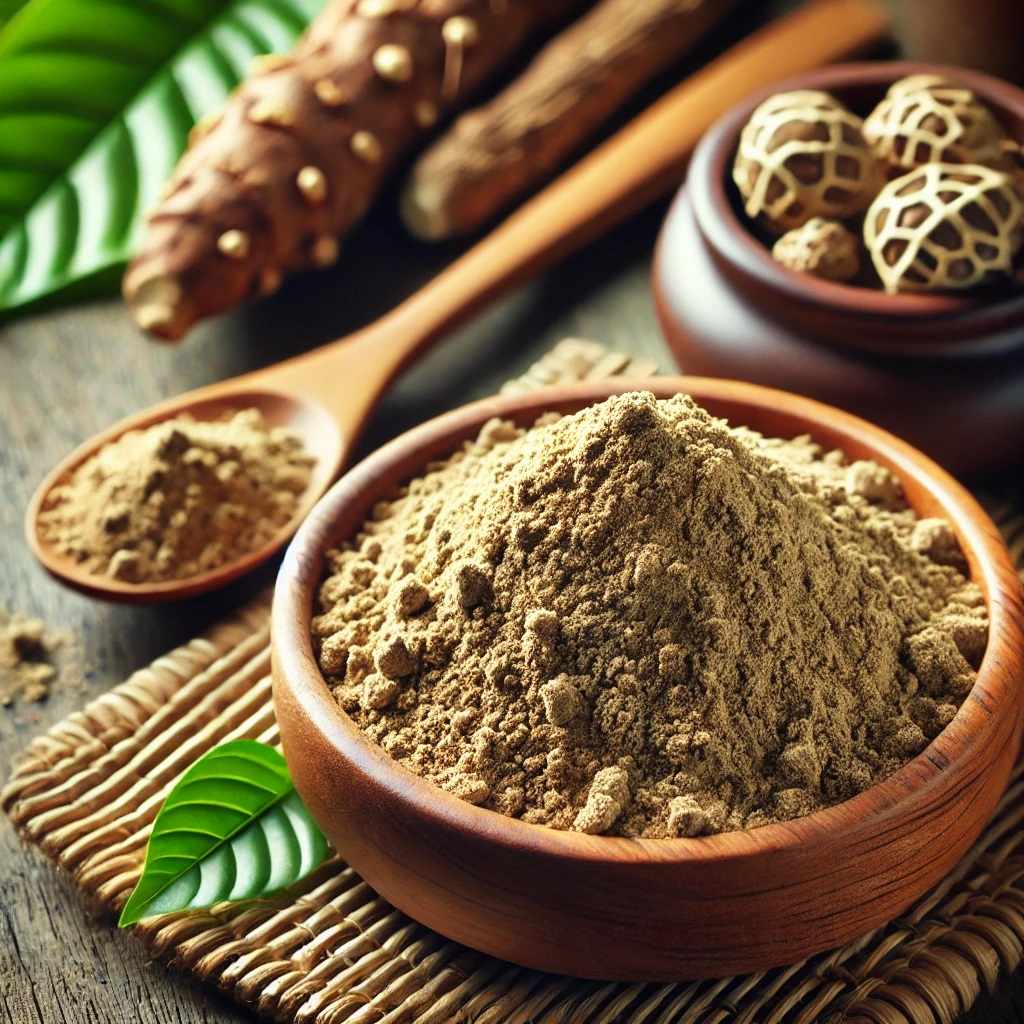
Introduction
In 2025, kava kava powder—a traditional Pacific Island root—has surged from niche cultural beverage to mainstream wellness phenomenon. Fueled by growing interest in natural relaxation aids, clean-label trends, and inventive product formats, kava is now appearing in smoothies, sodas, capsules, and even skin-care formulas. This article explores what’s driving the kava boom, how the powder format is reshaping consumption, and where this calming botanical’s market is headed.
1. The Market Momentum: Explosive Growth and Demand
The global kava root extract market is experiencing robust growth—projected from USD 1.58 billion in 2025 to over USD 2.8 billion by 2029, with a 15–16% annual growth rate.
Other analyses project similar trajectories: from US$ 1.466 million in 2025 to US$ 2.739 million by 2032, reflecting a CAGR of approximately 9.3%.
Industry forecasts also show the market jumping from USD 1.6 billion in 2024 to USD 5.6 billion by 2033 (CAGR ~14.11%).
Takeaway: Kava’s growth trajectory is steep—and powder forms remain central due to ease of use and versatility.
2. Why Kava Powder Is Trending Now
A. Shift Toward Natural Anxiolytics
Consumers increasingly favor plant-based solutions for stress and mental wellness. Over 64% now choose botanical remedies like kava for relaxation.
Kava is now outpacing THC, alcohol, and even CBD in popularity for social and calming occasions.
B. Ease & Variety in Delivery
Today’s lifestyles call for convenience. Kava powder fuels a boom in:
Kava lattes, smoothies, kombuchas, and even cocktails,
Capsules and extract forms for on-the-go use.
C. Clean-label & Multi-Sector Expansion
With consumers demanding unprocessed, simple ingredients, more than 56% of manufacturers are reformulating kava extracts to be minimal-processing and additive-free.
Its appeal now spans beyond drinks:
Personal care and skincare, where kava’s anti-inflammatory benefits are valued—≈37% of natural skincare now includes kava-related ingredients.
3. Consumer Behavior & Social Trends
Rising mental health awareness dovetails with interest in natural calming agents.
Kava bars are trending as sober-social hubs, offering a “booze-free” gathering option.
Social listening points to unexpected surges in consumer interest—highlighting how kava’s narrative has been reshaped through digital buzz.
4. Innovations & Product Evolution
Formats
Traditional powder remains popular for making drinks.
Liquid extracts, capsules, and even topicals are gaining ground—not just for convenience, but for new consumption occasions.
Cultural Relevance & Authenticity
Kava originates in the Pacific Islands with centuries of ceremonial use. As it crosses into global wellness, there's a renewed appreciation for its cultural roots and sourcing ethics.
5. Risks, Safety & Regulation
A. Efficacy and Safety
Kava’s anxiolytic effects stem from six main kavalactones that modulate key neurotransmitter systems.
Clinical reviews show modest anxiety relief with mild side effects; however, more rigorous trials are needed.
B. Liver Safety and Preparation Matters
Traditional water-based preparations are considered relatively safe.
Ethanolic or acetonic extracts, or low-quality products, raise concerns about hepatotoxicity.
C. Consumption Risks
Excessive intake can lead to kava dermopathy—dry, scaly skin—observed with high weekly doses (31–440 g/week).
Long-term heavy use may carry liver risks, especially with improper formulations.
D. Regulatory Landscape
Australia: capped at 250 mg of kavalactones per 24 hours.
USA: distributed as dietary supplement—but FDA doesn't consider it GRAS; warnings exist on liver risks.
EU/Canada/Singapore/UK: regulations vary widely—from bans to controlled prescription or importation rules.
6. Summary of Key Trends
Trend AreaKey InsightMarket GrowthStrong CAGR (9–16%), powder leading segmentProduct InnovationLattes, kombucha, capsules, skincare, sober spacesConsumer PreferenceClean-label, plant-based, functional wellnessCultural MomentumKava bars, online social buzz, origin storytellingSafety FocusTraditional preparations prioritized; caution with extractsRegulatory LandscapeDiverse: ranging from caution to outright bans
Conclusion
In 2025, kava kava powder has emerged from its traditional Pacific origins to become a multifaceted player in the global wellness scene. Its appeal lies in natural stress relief, clean-label appeal, and versatility across beverages, capsules, skincare, and social settings. While the market is booming and innovation abounds, ensuring safe consumption through quality, traditional water-based formats, and awareness of regional regulations remains crucial.
Looking ahead, continued product innovation fused with cultural respect and scientific validation will determine whether kava’s current momentum becomes a lasting wellness staple or a passing trend.
FAQ (400 Words Approx.)
1. Is kava kava powder safe to use daily?
When traditionally prepared (water-based, from noble cultivars), kava is considered relatively safe for moderate, short-term use. However, prolonged or high-dose consumption—especially using solvent-based extracts—may present health risks, including liver injury and skin conditions like dermopathy.
2. How much kava powder is typically consumed per serving?
Clinical setups often use aqueous extracts providing 140–250 mg kavalactones per day over six weeks, with no significant toxicity noted. As a rule of thumb, one traditional shell of kava drink contains about 250 mg kavalactones.
3. Are kava bars safe and legal?
Yes—with caveats. In regions where kava is permitted, kava bars offer social, alcohol-free spaces. Legal status varies: some countries regulate dosage or forms; others restrict sale entirely.
4. What makes kava powder different from capsules or extracts?
Powder is often used in traditional, simple preparations, offering full-spectrum kavalactones with minimal processing. Capsules and liquid extracts prioritize convenience but may involve additives or solvents, increasing risk profiles.
5. Can kava be used in skincare?
Yes! Kava’s anti-inflammatory properties are gaining traction in skincare; around 37% of natural formulations now include kava-derived ingredients. Still, safety and sourcing transparency are key.
6. How is the global kava powder market evolving?
The market is rapidly expanding—expected to grow from around USD 1.58 billion in 2025 to over USD 2.8 billion by 2029. Other projections suggest continued double-digit growth through 2033.
7. What should consumers look for when buying kava powder?
Opt for noble cultivars, water-extracted, minimal-processing formulations. Look for transparent sourcing, dosage guidance, and avoid products with unknown solvent extracts. Always consult healthcare professionals, especially if you have liver conditions or use other medications.

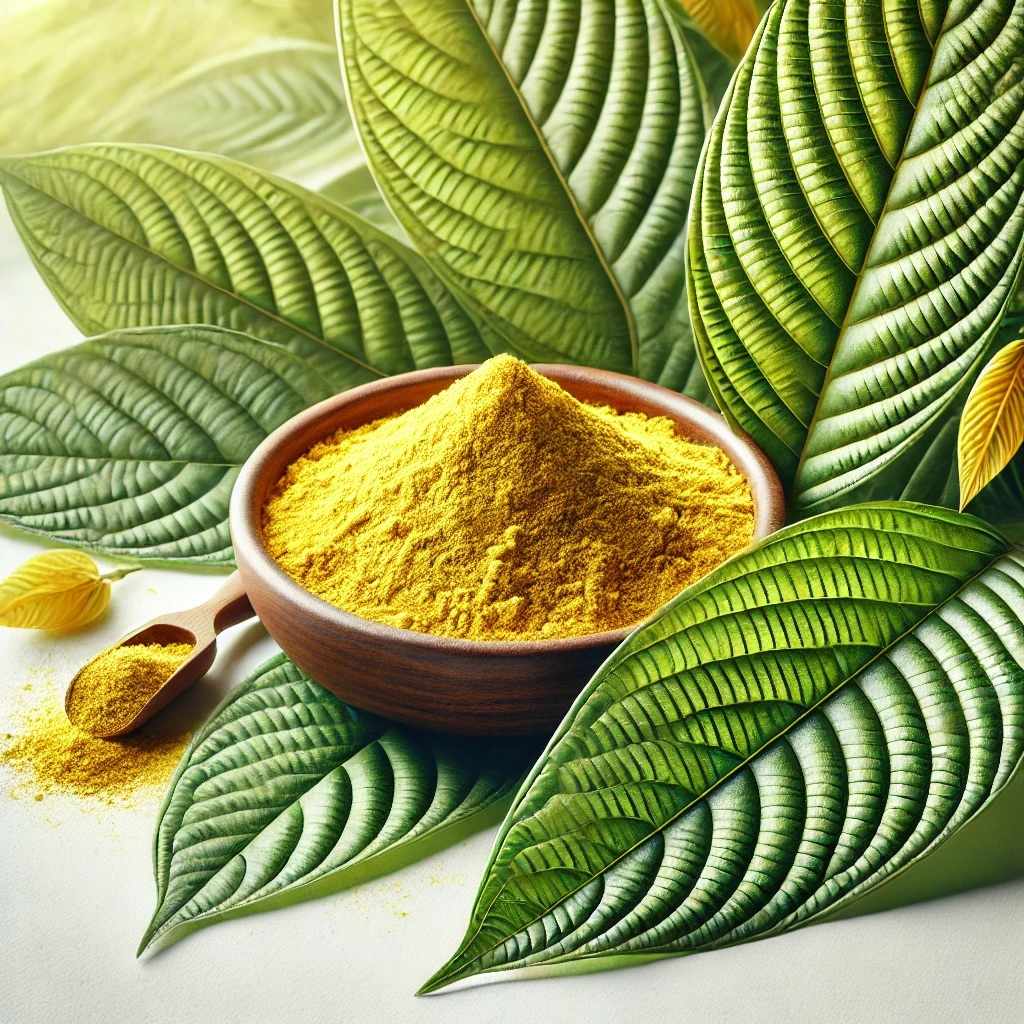
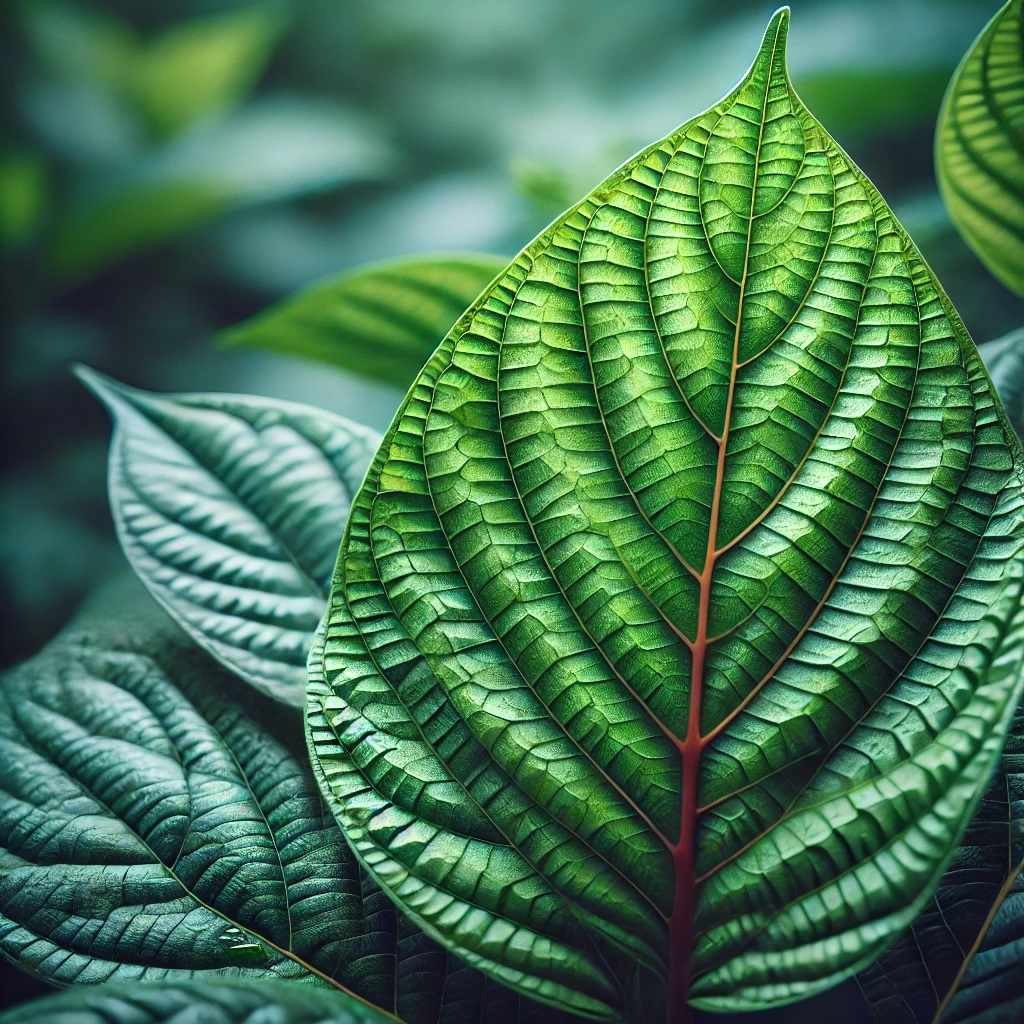


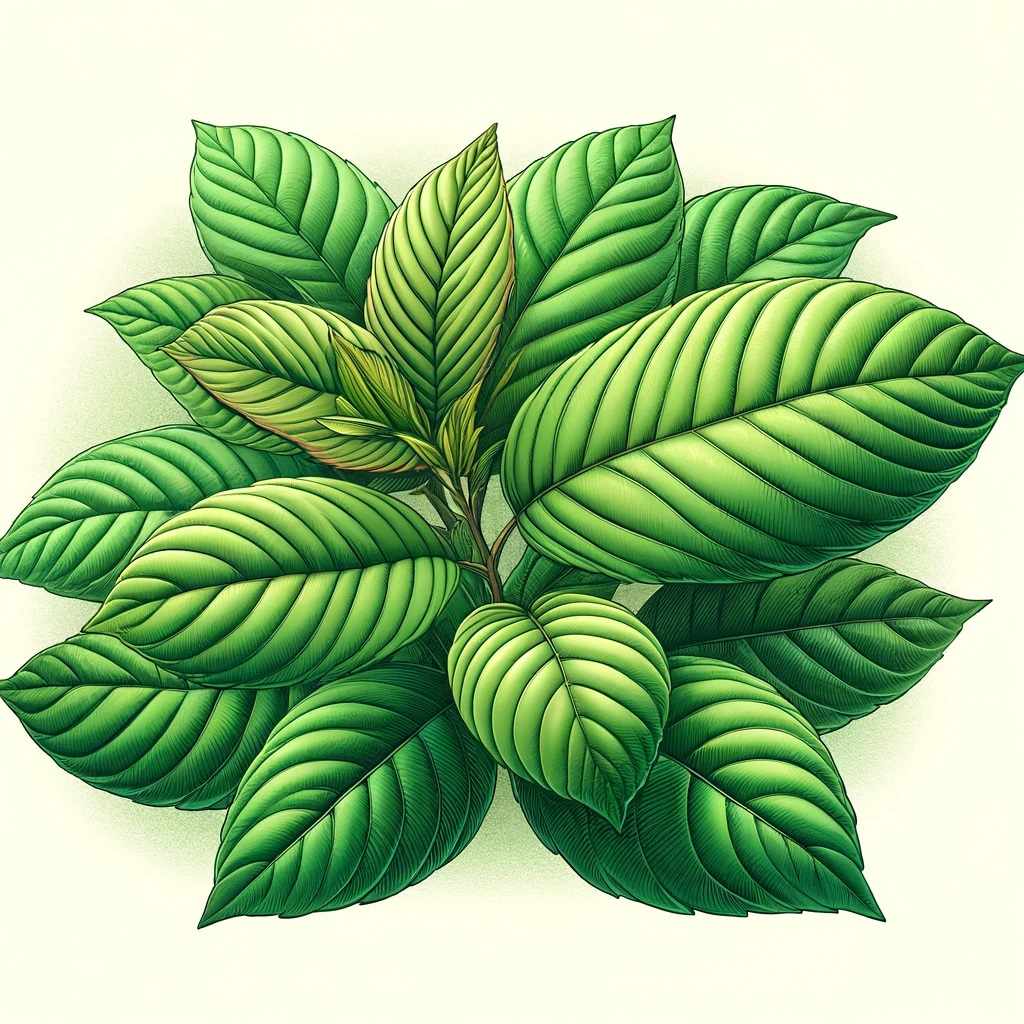

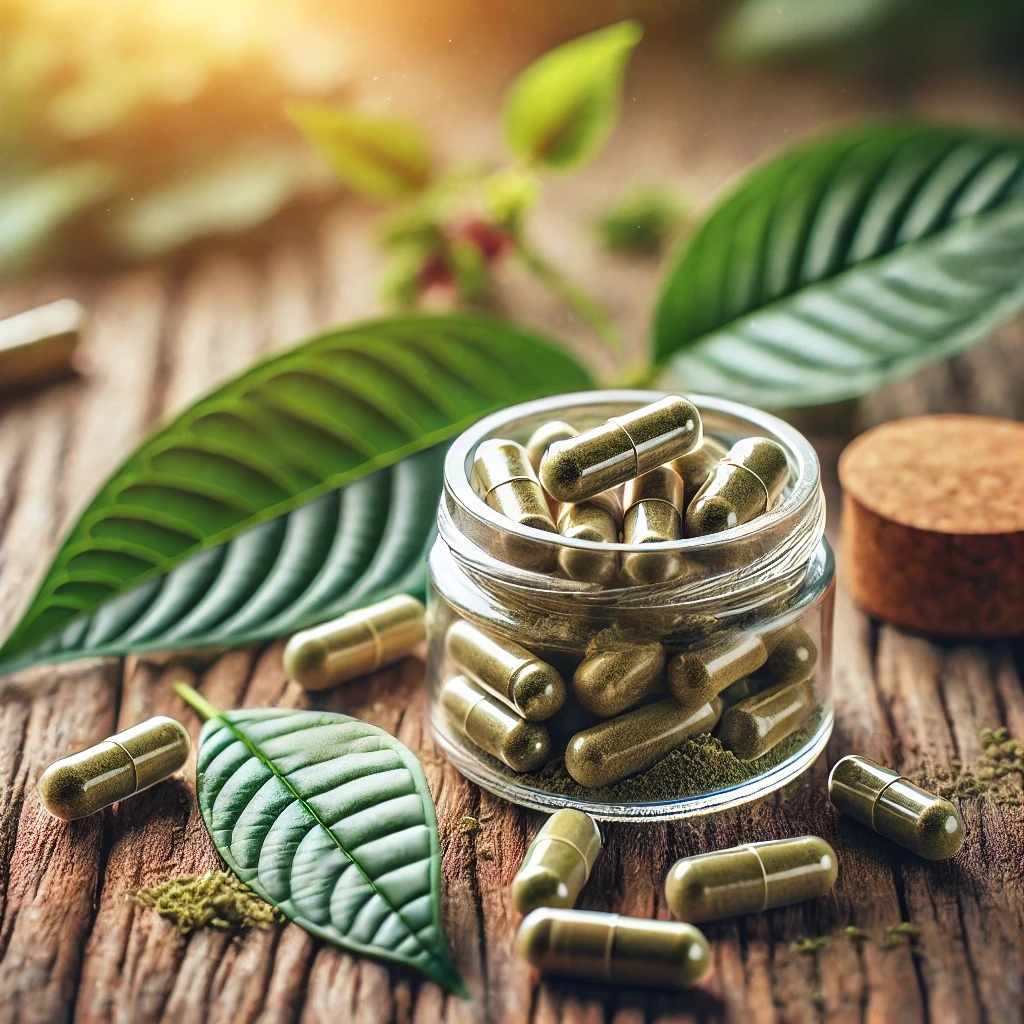
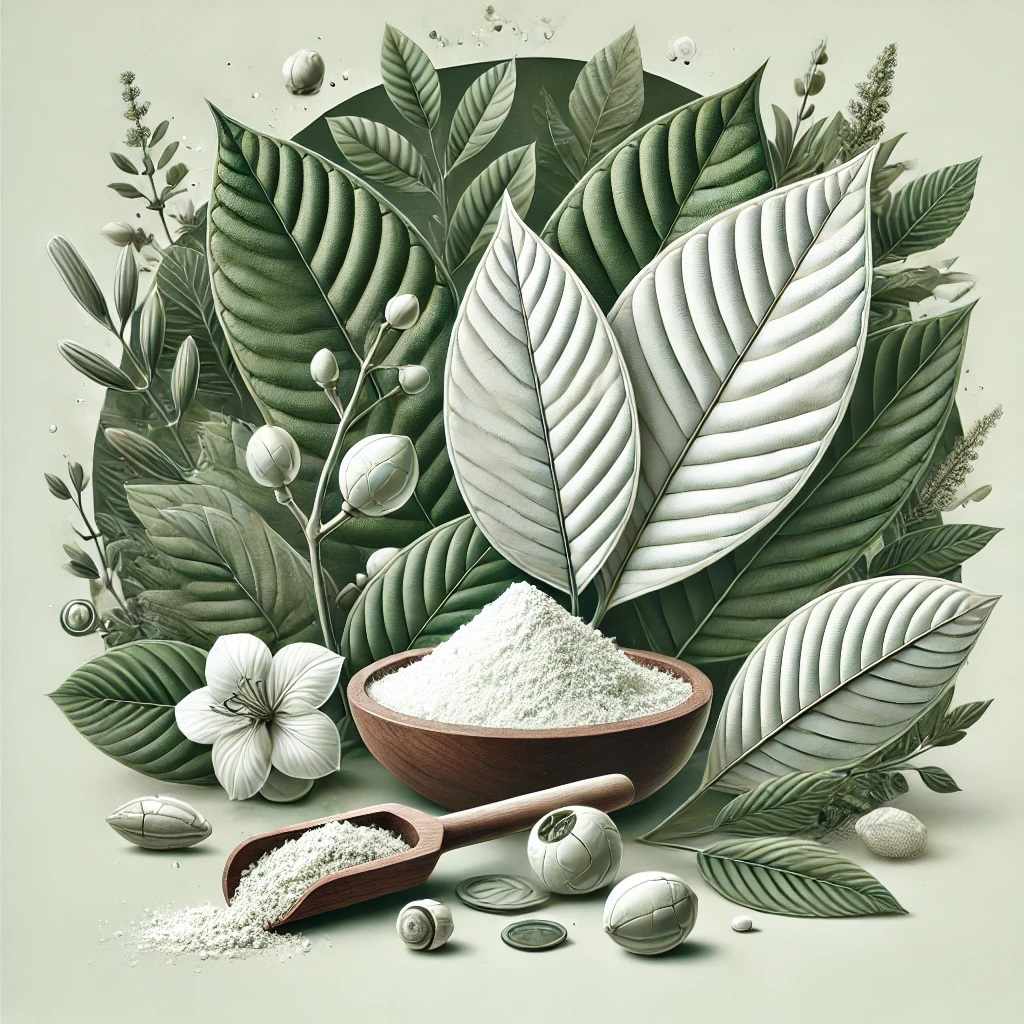

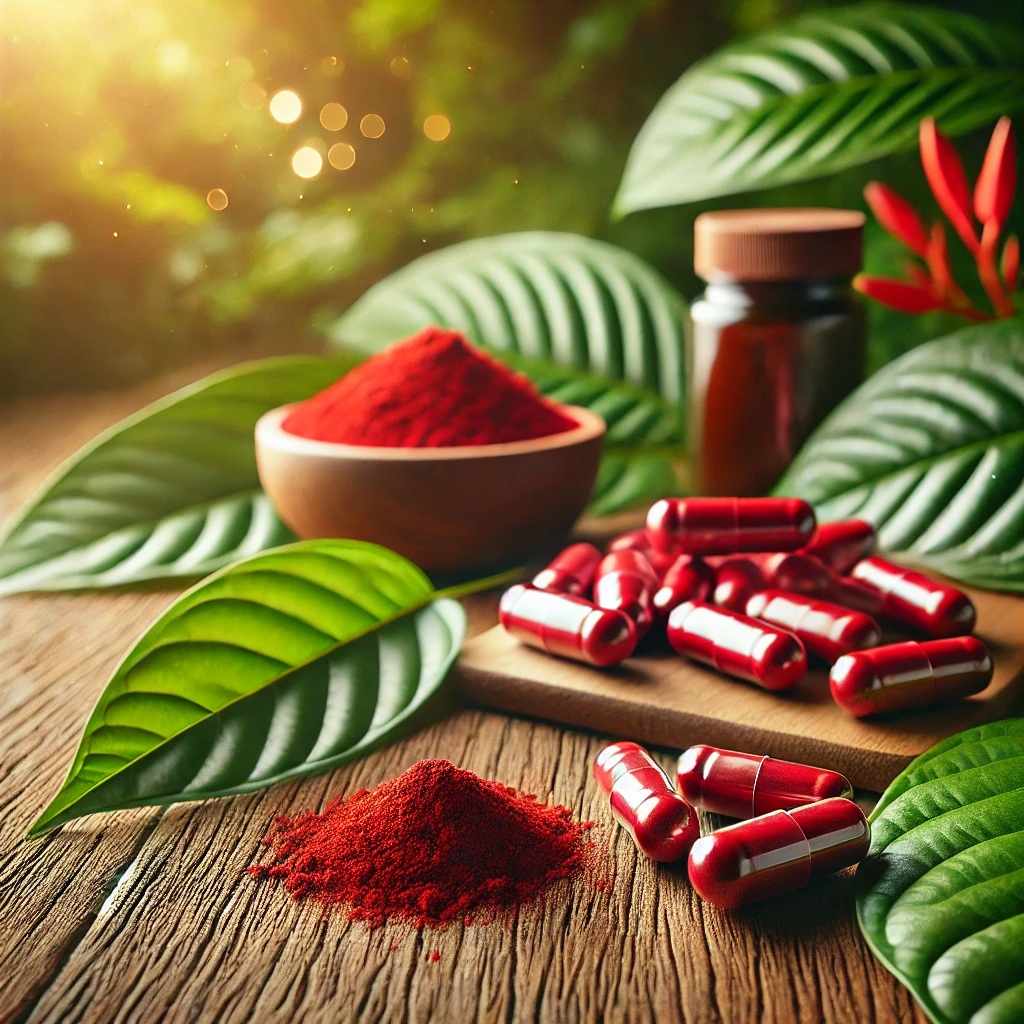









Write a comment ...